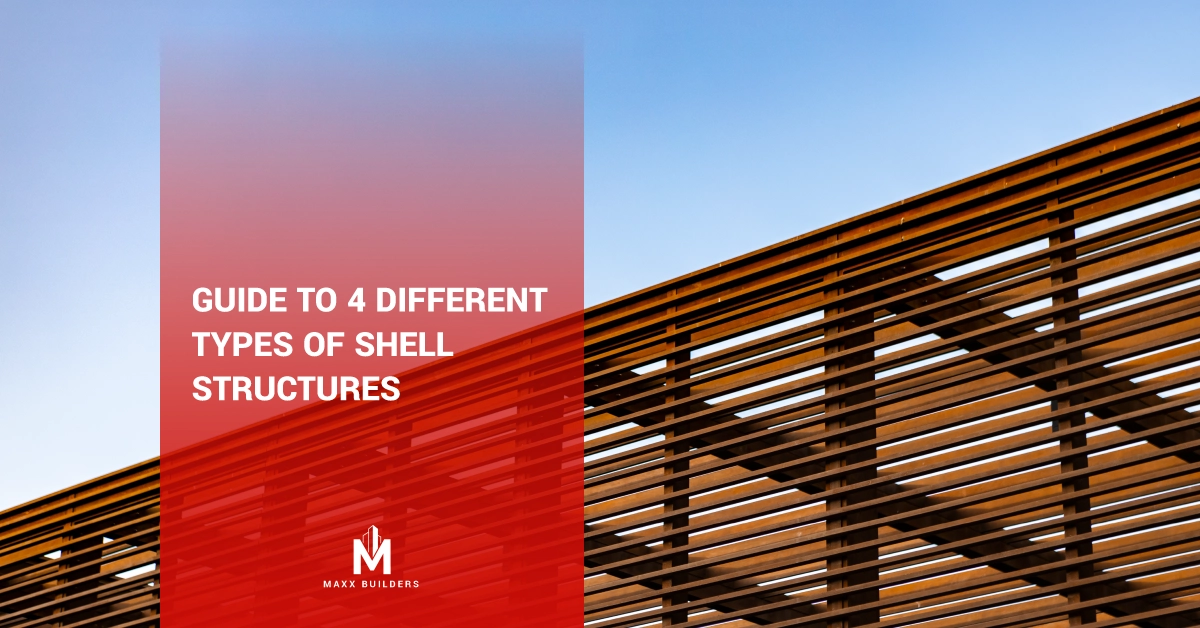A shell building refers to the basic framework of a structure, lacking internal finishes and functional features such as walls, fixtures, or HVAC systems. This bare structure provides tenants with the flexibility to customize the build-out process according to their specific needs and preferences.
There are several types of shells, including cold or dark, warm, bare, and vanilla. These classifications can affect the cost of rent and the time needed for construction finish. It is important for tenants to understand the differences between the different shells and choose the one that best fits their requirements.
When it comes to commercial facilities, there is more to consider than just walls and offices. There are several options for building out the space, and each shell classification can impact the construction process and cost.
For example, if a tenant requires specific machinery placement, but the landlord installs a restroom in the shell, it can result in wasted funds as the restroom would need to be removed. By choosing the right shell, tenants can ensure that their money is invested in the exact features and finishes they desire.
The Different Types of Shells:
Cold Dark Shell
The Cold Dark Shell is the most basic form of a shell building, lacking internal finishes and functional features. It requires further completion before it can be utilized.
This type of shell only includes external walls, a roof, and an unfinished floor. It does not have any interior improvements, such as finished walls or floors, and lacks HVAC ductwork, plumbing, and electrical systems. This leaves the space unfinished and ready for customization by the tenant.
Warm Shell
In contrast to Cold Shells, Warm Shells have partially finished interiors. They may feature a pre-installed HVAC system, along with other functional features like lighting, toilets, drop ceilings, plumbing, and concrete flooring. This type of shell provides a more complete space, but still allows for further customization and personalization by the tenant.
Bare Shells
Bare Shells, like Warm Shells, offer tenants the opportunity to tailor their space to their specific requirements. This type of shell is closer to being ready for use, with basic building services in place.
Bare Shells may feature finished bathrooms, interior cement-plastered walls, and tiled flooring, as well as a kitchen and pantry in some cases. This type of shell provides a foundation for the tenant to build upon, but still allows for additional customization to fit their unique needs.
Vanilla Shell
The Vanilla Shell provides tenants with a nearly finished space and a relatively short move-in time. Compared to other shells, Vanilla Shells offer more internal finishes.
This type of shell features finished exterior walls with drywall and a drop-grid ceiling with ceiling tiles or a drywall ceiling with installed lighting. Additionally, it comes with an HVAC system and may also have additional features like offices, finished restrooms with running water and sewer, plumbing fixtures, and more. The Vanilla Shell offers a convenient and ready-to-use space for tenants who are looking for a quick and efficient move-in experience.
Improvements to Shell
The building can be tailored to the specific needs of the tenant through a process called Tenant Improvement (TI). The choice of shell will impact the types of enhancements that can be made.
For example, the installation of a ventilation system from the outset or the addition of extra ventilation may be necessary. Upgrading the HVAC system can also be required to improve heating and cooling efficiency, reduce energy costs, and enhance indoor air quality. A well-designed HVAC system, with a properly programmed thermostat, properly sealed ductwork, adequate insulation, and the right size, can greatly impact the performance and cost-effectiveness of the shell.
These are just some of the many improvements that can be made to a shell, and the possibilities are virtually limitless.



